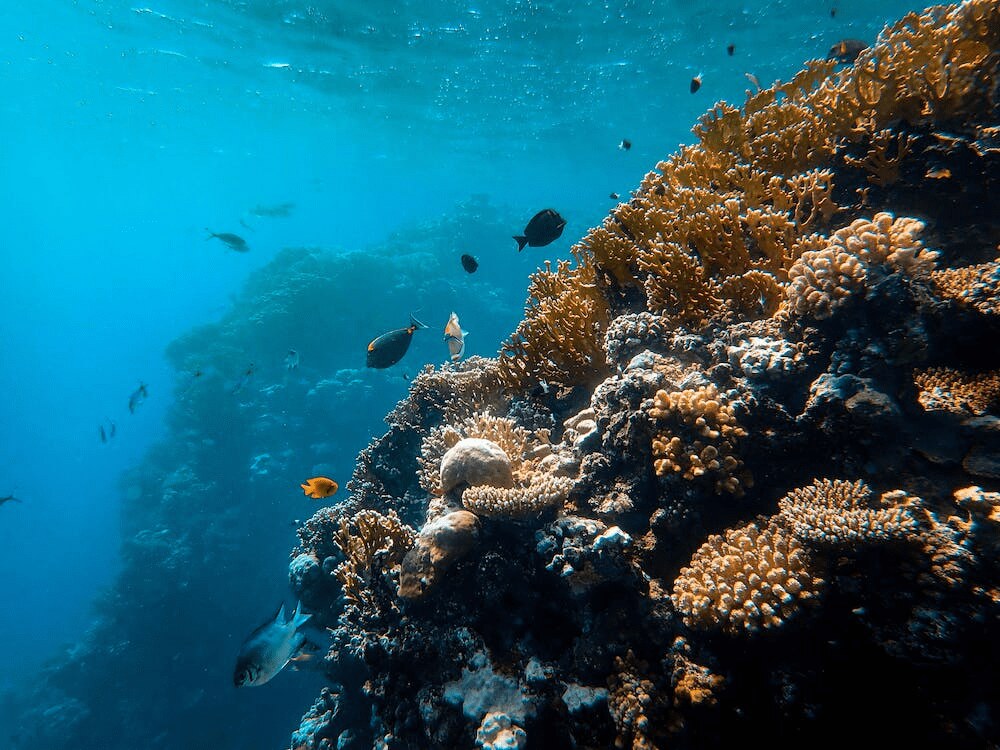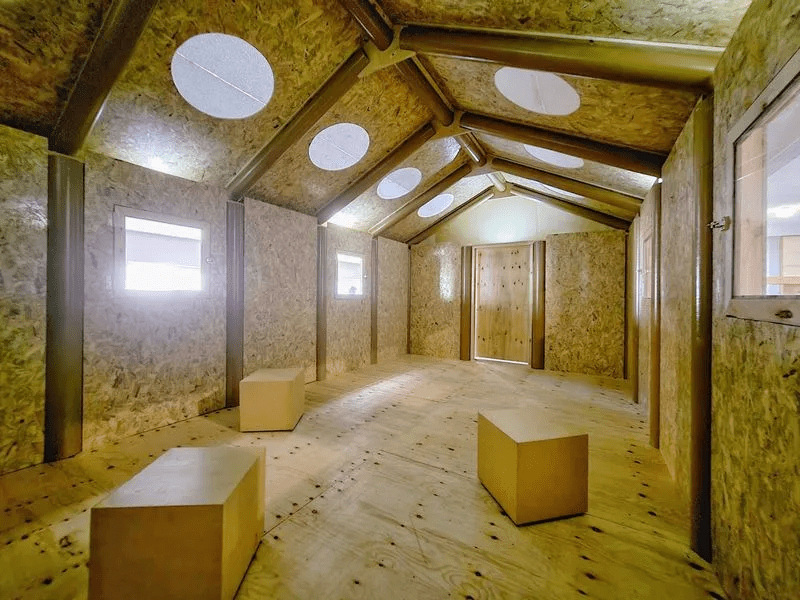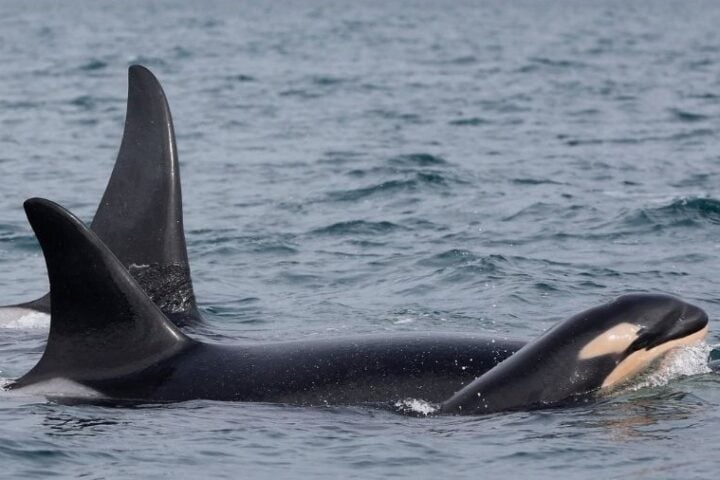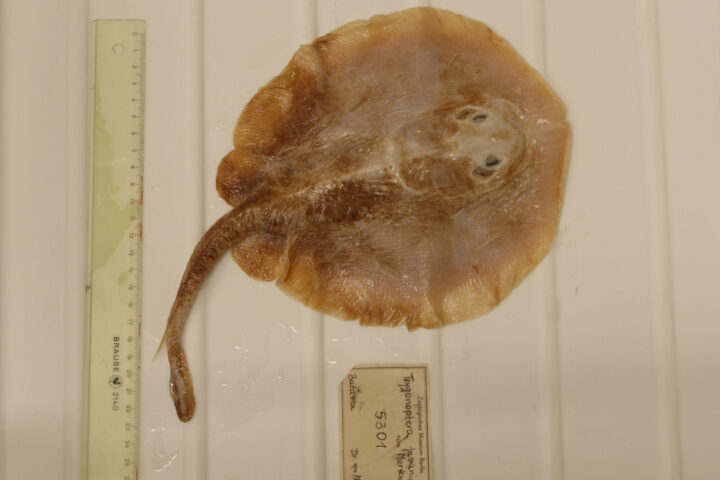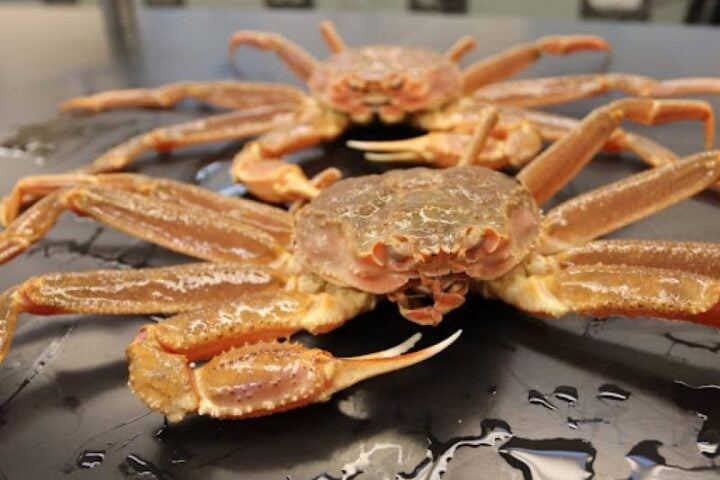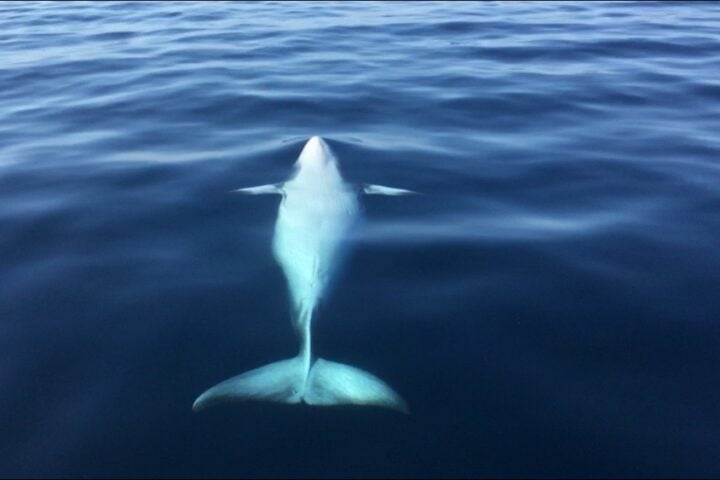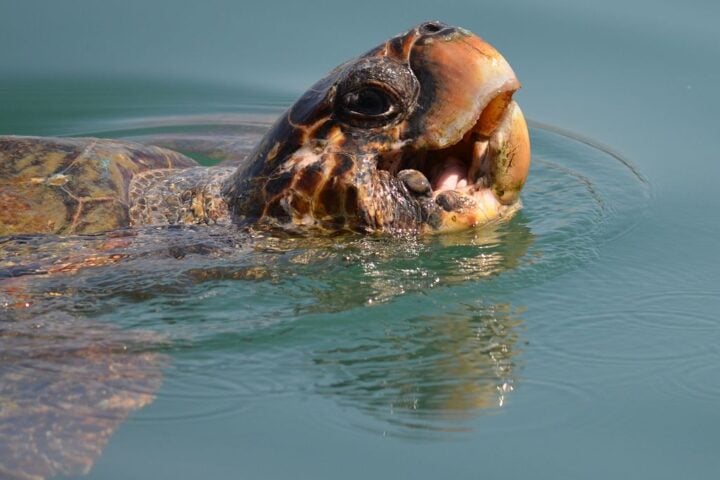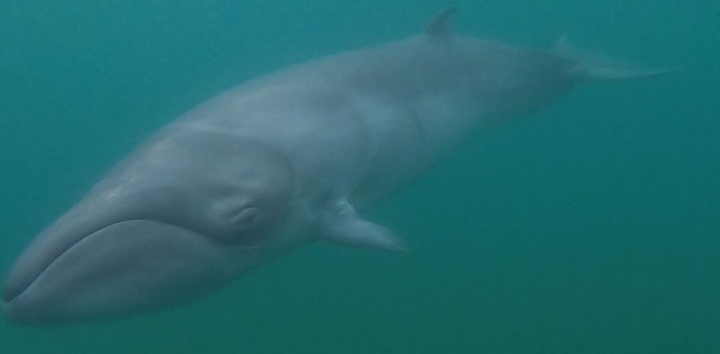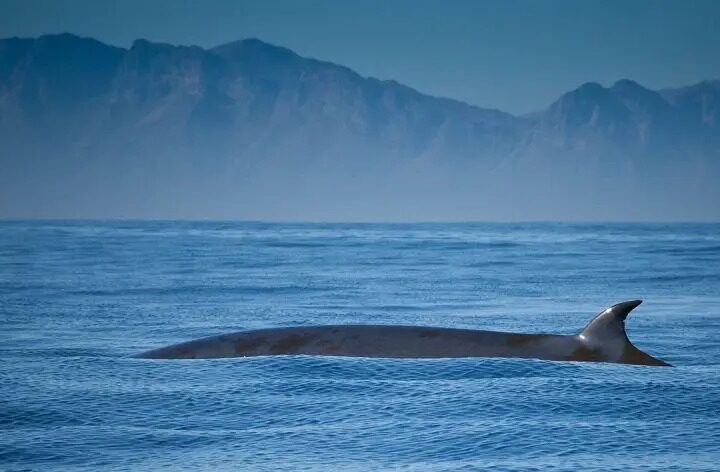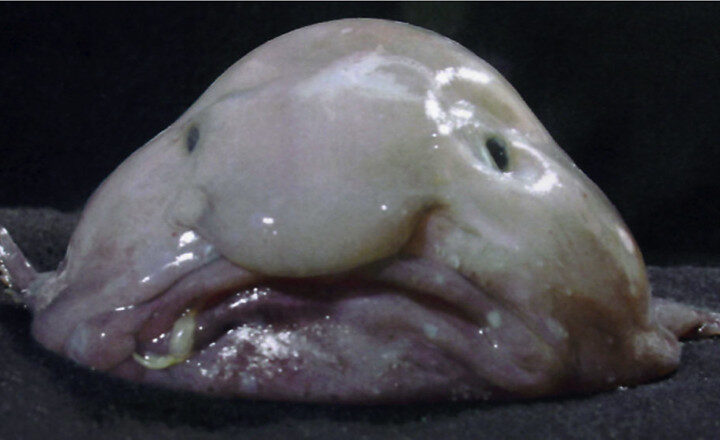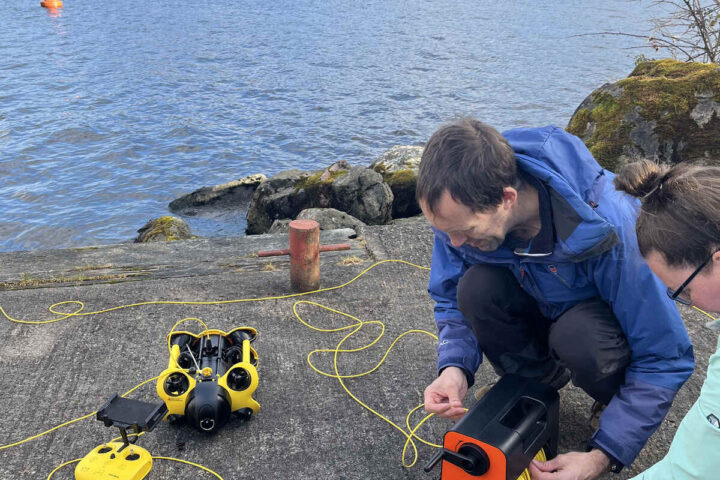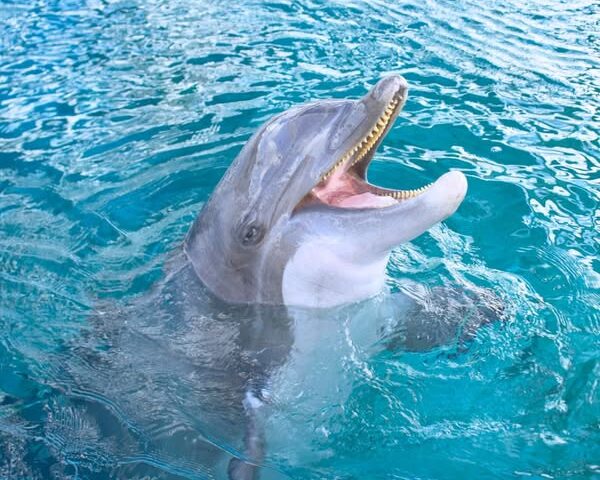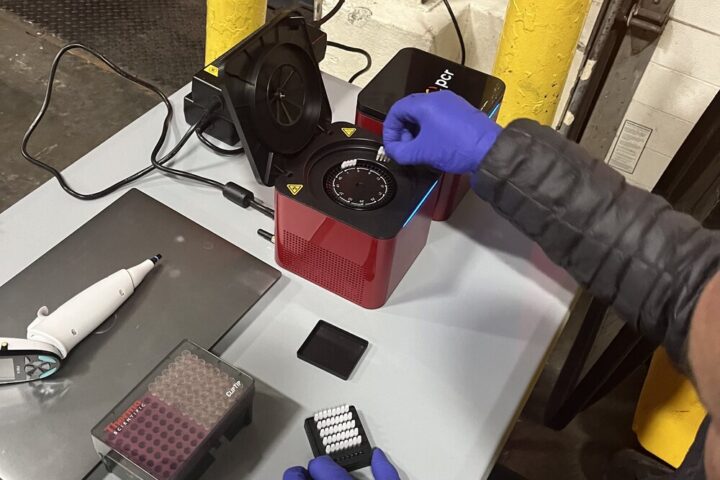Researchers have meticulously transported corals, ensuring they’re cocooned in seawater-moistened bubble wrap and securely nestled in coolers during their journey to the Smithsonian Marine Station (SMS) in Fort Pierce, FL. Upon arrival, each coral fragment is greeted with a gentle rinse in Filtered Seawater (FSW), a kind of spa treatment to shake off the travel stress and excess mucus. The team, acting as coral caretakers, ensures healthy and diseased corals are separated, providing them distinct living quarters to prevent any unwanted microbial exchanges.
Acclimation and Living Conditions
In the SMS, corals are acclimated to a cozy 28°C, a gradual shift from their original home temperatures, ensuring they’re not shocked into their new environments. The diseased corals, despite their ailment, are given a place under the sun, albeit shielded by a clear plastic canopy and a shade cloth, ensuring they get just the right amount of light, not too harsh, not too dim. Meanwhile, healthy corals bask indoors under the gentle glow of LED panels, ensuring they’re bathed in a consistent, comforting light, mimicking the dappled sunlight of their ocean homes.
Feeding and Fragmenting
The coral fragments, both healthy and diseased, are fed a gourmet diet of Reef Roids, Marine Snow, and LPS or SPS Max, ensuring they’re not missing out on any nutrients during their stay. However, during experiments, the corals fast to ensure their environment remains pristine and their results uncompromised. The researchers, wielding a Husqvarna MS 360 masonry saw, carefully fragment the corals, ensuring each cut is clean and precise, minimizing stress and damage to the delicate organisms.
Bacterial Cultures and Preparation
In the lab, marine bacteria cultures sway gently in their seawater broth (SWB), a concoction of yeast extract, tryptone, and FSW, providing a nutrient-rich environment for them to flourish. For those destined for coral experiments, a dash of sterile glycerol is added, ensuring they’re in peak condition for the upcoming studies. The bacterial cultures, maintained at a steady 28°C and gently rocked at 150–200 rpm, ensure they’re always in motion, always active.
Exploring Disease Transmission
During the SCTLD transmission experiments, a quartet of healthy M. cavernosa colonies are introduced to their diseased counterparts, providing a controlled environment to explore the mysteries of disease transmission in the coral world. Some corals succumb to the disease, while others stand resilient, offering a diverse palette for further exploration and understanding. Tissue and mucus samples are gently collected, ensuring each sample is pure and uncontaminated, ready to reveal its microbial secrets.
Similar Posts
Investigating Bacterial Allies
Bacterial isolate McH1-7 is grown, extracted, and its antibacterial activity explored, ensuring every potential ally in the fight against coral disease is investigated. The extract is fractionated, purified, and identified, ensuring every compound is scrutinized for its potential in safeguarding coral health. Meanwhile, the genome of McH1-7 is sequenced and annotated, ensuring a deep dive into its genetic makeup and potential biosynthetic capabilities, providing a beacon in our quest to understand and protect our coral reefs.
Embarking on a Spirited Journey
Embarking on a spirited journey beneath the waves, the team at the Smithsonian Marine Station (SMS) dove heart-first into the vibrant, yet fragile world of corals, unraveling secrets and forging paths in coral disease research and mitigation strategies. Picture this: a team, not just of scientists but of coral guardians, navigating through the delicate pathways of coral health and disease with a blend of scientific rigor and oceanic passion.
Discoveries and Resilience
In the cozy labs of SMS, the team introduced healthy M. cavernosa colonies to their diseased counterparts, sparking a meticulous exploration into the mysteries of SCTLD transmission. It was a journey of discovery, where some corals whispered tales of resilience while others shared stories of susceptibility, opening a new chapter that dives deep into understanding the myriad factors influencing coral health and resistance to diseases.
Bacterial Allies and Future Strategies
In another corner of the lab, the bacterial isolate McH1-7 became a beacon of hope, revealing its antibacterial prowess and symbiotic potentials in the underwater world. The team, with eyes sparkling with curiosity, fractionated, purified, and identified extracts, ensuring each compound was scrutinized, revealing secrets that could potentially shield coral health. The sequencing and annotating of the McH1-7 genome became a treasure map, guiding the researchers towards understanding its biosynthetic capabilities and crafting future coral conservation strategies.
Outcomes and Future Pathways
The outcomes of this study, both positive and enlightening, weave a story of hope and possibility in coral conservation. It’s a story where meticulous care, innovative methodologies, and a boundless passion for marine science come together, revealing secrets and offering promising avenues in safeguarding our precious coral reefs and, by extension, our vast, mysterious oceans.
